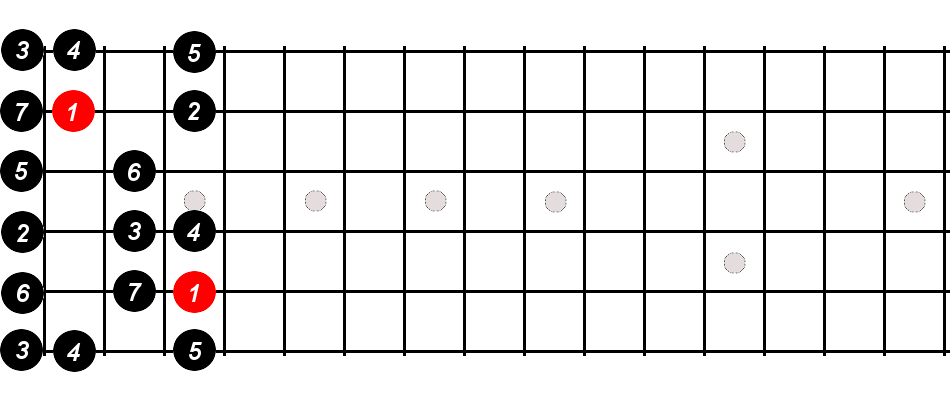The C Major Scale for Guitar: A Complete Guide
The C major scale is one of the most important scales to learn for guitarists. It is the basis for many popular songs and chord progressions, and it can be used to create a wide variety of musical styles.
In this blog post, we will take a closer look at the C major scale, including its notes, intervals, patterns, and modes. We will also provide some tips on how to practice the scale and apply it to your playing.
What is the C Major Scale?
The C major scale is a seven-note scale that is based on the interval of a major second. The notes of the C major scale are C, D, E, F, G, A, and B.
The scale can be played in a variety of different positions on the guitar, but the most common position is the open position. In the open position, the notes of the C major scale are played on the open strings and the first three frets.
Intervals in the C Major Scale
The intervals in the C major scale are as follows:
- Root: C
- Major second: D
- Major third: E
- Perfect fourth: F
- Perfect fifth: G
- Major sixth: A
- Major seventh: B
The intervals in the C major scale are all whole steps (except for the major third, which is a major second) and are often referred to as the “W” scale formula.
Patterns in the C Major Scale
The C major scale can be played in a variety of different patterns on the guitar. The most common patterns are the box patterns.
The box patterns are five different patterns that cover the entire fretboard. Each pattern is based on a different position of the C major scale.

Modes of the C Major Scale
The C major scale has seven modes. The modes are simply different ways of ordering the notes of the scale.
The seven modes of the C major scale are:
- Ionian mode: C major
- Dorian mode: D Dorian
- Phrygian mode: E Phrygian
- Lydian mode: F Lydian
- Mixolydian mode: G Mixolydian
- Aeolian mode: A Aeolian
- Locrian mode: B Locrian
How to Practice the C Major Scale
There are a few different ways to practice the C major scale. One way is to simply play the scale up and down in different positions. Another way is to practice the scale in arpeggios.
Arpeggios are broken chords, and they are a great way to learn the notes of the scale in different positions.
How to Apply the C Major Scale to Your Playing
The C major scale can be applied to your playing in a variety of ways. You can use the scale to improvise solos, to write songs, or to accompany other musicians.
The scale can also be used to learn other scales and chords. For example, the C major scale is the basis for the C major chord.
Conclusion
The C major scale is a versatile and important scale for guitarists. It can be used to create a wide variety of musical styles, and it can be applied to your playing in a variety of ways.
I hope this blog post has given you a better understanding of the C major scale. If you have any questions, please feel free to leave a comment below
- Mastering the F Chord on Guitar Easy Alternatives and Tips for Beginners
- 9 Beginner Tips To Learn Electric Guitar Lessons
- Step-by-Step Guide to Help You Learn Guitar Chords
3 thoughts on “Master the C Major Scale in 7 Days (With 5 Easy Patterns)”